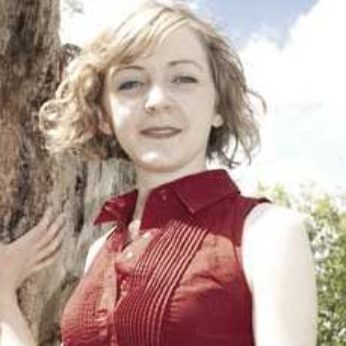Piazzolla is famous for his reinvention of the tango, the Argentinian national dance. Despite being born in Argentina, he spent most of his childhood in New York returning to Buenos Aires in 1937. His father had taught him the bandoneon, which is the staple instrument of tango ensembles, enabling him to play with some of the leading bands in Buenos Aires. On the recommendation of Arthur Rubinstein he began to study composition with Alberto Ginastera and, in 1953, he got a scholarship to study with the legendary Nadia Boulanger, who convinced him to concentrate on the tango instead of trying to compose in the style of Bartók, Stravinsky and Ravel. His nuevo tango met with resistance on his return to Argentina, but his international career blossomed.
Throughout musical history composers borrow dance forms and then transform them, so in that sense Piazzolla was doing nothing new. Histoire du tango was originally written for flute and guitar, but has been played in many guises. It traces the changes in the playing of the tango in 30-year jumps, from its sexually provocative beginnings in the bordellos to its marginally more polite style in the Thirties Café culture. The last two movements pick up on Piazzolla’s own contribution with his nuevo tango before the final transition to respectability with his brand of classical concert performance from the 1980s.
